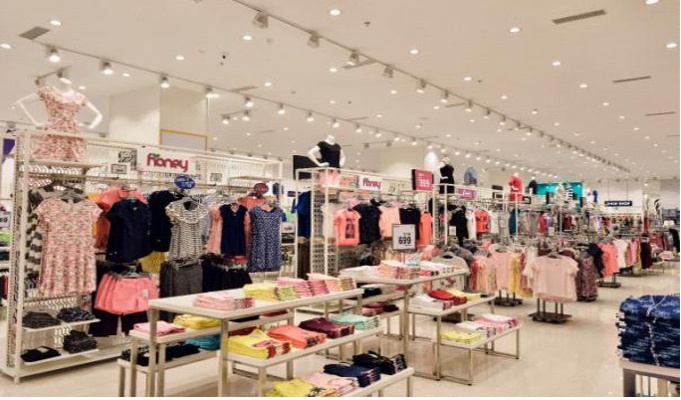As the COVID-19 pandemic erupted, hundreds of thousands of stores across the United States shut their doors, unsure as to when they would reopen.
“At some point, retail stores will reopen – but unless apparel and specialty retailers redefine the role of the store and revamp store operations, they will be ill prepared for the post-COVID-19 future,” reveals McKinsey & Company report.
“COVID-19 has changed consumer behavior, perhaps permanently, and retail stores will need to take these new behaviors into account.
“Consumers have altered their shopping and buying behavior during the pandemic. For one, loss of income and declining consumer confidence have driven decreases in discretionary spending. A potentially longer-lasting behavioral change is
the accelerated adoption of e-commerce,” it added.
“Post-pandemic, apparel executives expect up to a 13 percent increase in online penetration,” according to a survey conducted by McKinsey & Company in early April.
According to the new report, “These trends will shape the industry’s next normal and could have profound implications on a retailer’s P&L. Store sales could plummet, fiercer competition and increased operational complexity due to workforce disruptions could contribute to margin compression, and the migration of sales from stores to e-commerce (typically a lower-margin channel for retailers) could further hurt profitability.”
To survive and thrive in the post-coronavirus world, apparel and specialty stores must fundamentally change how they operate on both sides of the P&L. McKinsey & Company has shared three strategic imperatives for simultaneously improving the top line and the bottom line:
1. Radically accelerate in-store omnichannel integration
Consumers are now accustomed to staying home for weeks at a time and buying a wide range of products online. In the future, they won’t visit stores unless retailers give them good reason to. Retailers must therefore gain a deep and up-to-date understanding of customer preferences, envision a new role for their stores in light of these preferences, and execute surgical changes to store formats and in-store customer experience.
During the crisis, physical distancing and stay-at-home mandates compelled retailers large and small to launch omnichannel initiatives, with even mom-and-pop stores offering contactless curbside pickup.
To jump-start this integration, retailers could consider the following actions:
– Redefine the role of the store
– Offer omnichannel fulfillment basics
– Build an omnichannel staff
– Enable personalization of in-store touchpoints.
2. Reimagine store operations to reflect the new reality
When stores reopen, retailers can’t expect a seamless return to pre-coronavirus store-operations norms. They will need to reset stores’ cost structures and prepare their workforce for the next normal.
– Reset store cost structure – Retailers may find that they need to deliver 20 to 30 percent improvement in store productivity to compensate for the channel shift away from physical stores. To achieve this, they will need to relentlessly simplify store operations and rebalance the allocation of store costs to support the increasing volume of in-store omnichannel activities.
– Prepare the workforce for the next normal – The pandemic has caused dramatic disruption in the retail frontline workforce. In our survey of apparel and specialty-retail executives, 75 percent indicated that their companies have either furloughed or laid off store associates since the crisis began. During the recovery, retailers should shape their future workforce to support the evolving role of the store and should improve workforce flexibility to prepare for potential recurring virus-related disruptions.
3. Optimize the store network based on omnichannel performance
In a survey by McKinsey & Company, 53 percent of respondents said they expect to close underperforming stores in the aftermath of COVID-19. Retailers should incorporate their future-state vision into their store reopening plans. To do this right, they must make network decisions based on an omnichannel perspective of long-term store performance.
A retailer can then develop a future-state vision for its store network. Outcomes from this exercise might include accelerating store-closure plans, particularly for stores with a pending exit opportunity; choosing not to reopen stores with expected low productivity; accelerating rent negotiations and footprint rationalization for stores that are essential but underperforming; and adding network nodes (either stores or distribution centers) in areas where the retailer lacks omnichannel coverage.








